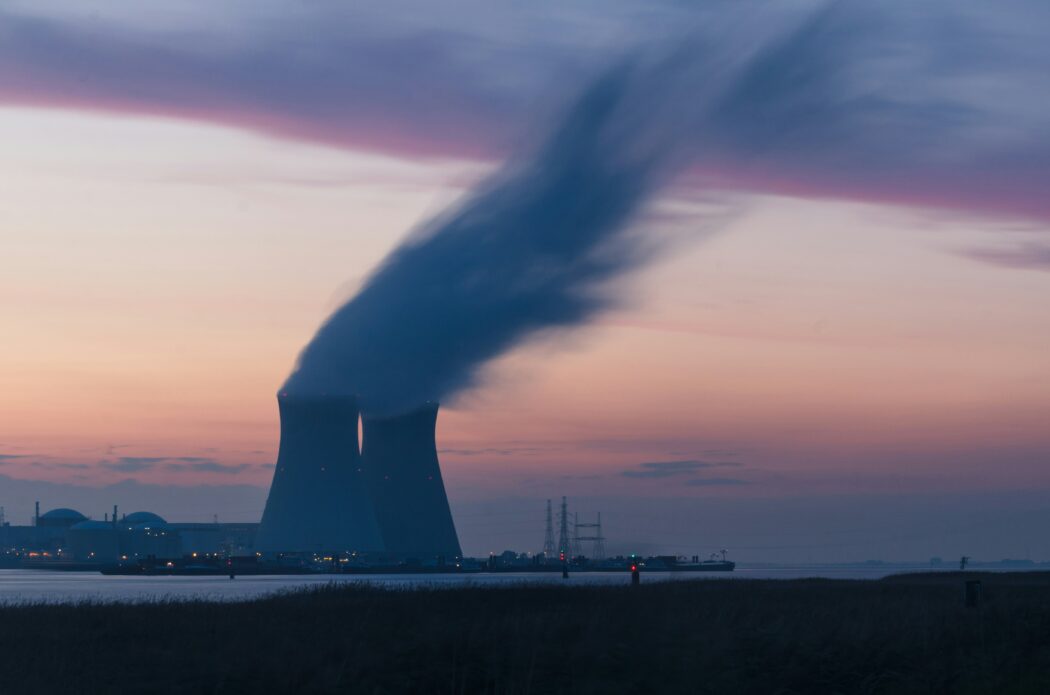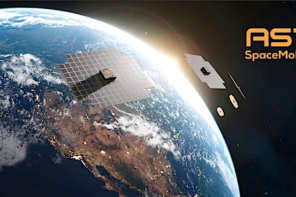Comparable to the early days of the internet, AI seems to be our generation’s technological revolution. Everyone seems to benefit from the help of ChatGPT and other Large Language Models. We’ve grown quite reliant on their daily help. But when we face the fact that a simple search on Chat GPT uses almost 10 times more electricity compared to a Google search, we begin to wonder about the current energy infrastructure and whether we can support AI growth as reliance on energy increases. Considering we are only at the beginning of AI development and use, it is understandable to be concerned about our ability to power the future. How will more sophisticated forms of AI, like generative Artificial Intelligence, which will demand more electricity, be powered? Is our grid large enough? Can we double our energy supply to meet demand?
But when we face the fact that a simple search on Chat GPT uses almost 10 times more electricity compared to a Google search, we begin to wonder about the current energy infrastructure and whether we can support AI growth as reliance on energy increases.
Unfortunately, the overwhelming answer is no, unless something can change. However, recently some of the sharpest minds in Tech have been pushing to introduce SMR’s as a solution to this problem. SMR’s or Small Modular Reactors, are a kind of nuclear energy reactor that is smaller and provides many benefits compared to traditional nuclear reactors.
SMR’s are an extremely clean energy source and thus positive toward decarbonization. They align with the goals that many companies have to reach carbon neutrality. They typically have a capacity of 300 MW(E) per unit, about a little under one half of the traditional 700 MW(e) produced by traditional reactors. They are also modular, meaning they are smaller, and highly movable and can be installed directly near the source of energy needed, like data-centres. They also work 24 hours a day 7 days a week with no intermittent pauses like certain renewable energy sources like solar or wind. If successful, SMR’s could offer an incredibly cheap, reliable, safe, and constant source of energy. Not only are they not as reliant on constant supervision, they also typically don’t use water as a coolant. SMR’s use newer forms of coolants like molten salt which are more efficient than light water. They are also statistically cheaper not just because they are smaller. They cost half the capital investment compared to traditional reactors measured at dollars per MW for each build. Compared to the 5 years taken by traditional reactors, SMR buildouts typically take 1.5 years. They are also reliable and a constant source of energy. Their smaller-scale design also works to their advantage by making them even more reliable than traditional large reactor plants.
SMRs offer an impressive advantage over traditional reactors and to many other sources of energy, making them an attractive investment.
Now this is great, but how will companies in the US benefit from growth in the nuclear market?
SMR’s are a cutting-edge technology that the US will want to develop alongside the thousands of data centres currently in the US. The buildout of many of these SMR’s will lead to significant job growth, something the current administration wants to explore further. Low regulation and an administration that is motivated to boost jobs should be beneficial to Nuclear Energy in America. The US also wants to have control over their energy sources and they don’t want to be reliant on any other country. The United States accounts for approximately 45% of the world’s Data-centres and to power these data centres energy will have to be built in the US. There are already a number of companies leading the way with building permits and plans for SMRs. This makes American-based SMR builders and nuclear-related companies an attractive investment.
Now the case for SMRs is strong and provides an interesting possible path forward, but what will that future really look like? What companies have already taken action and invested in Nuclear?
When AI gained investment from large companies, the big players made large initial investments into the space first. Bill Gates beyond his enormous personal investment into SMRs and nuclear, has invested a substantial amount into Nuclear fission and the pursuit of technology for a safer and carbonless energy future. He has done the same with Microsoft as they recently signed an agreement with Constellation Energy to reopen the Three Mile Island nuclear reactor in Pennsylvania. They will invest close to 1.6 Billion into the company to renovate the facility and Microsoft has agreed to pay 110-115$ per MW/hour for 20 years. This is by far the largest deal that has been signed. A substantial deal to make a case for the future of SMRs.
Google also saw substantial growth in Nuclear. They quoted the UN as saying that they plan to triple Nuclear Power output by 2035. The large tech giant signed a deal with Kairos Power which operates nuclear energy in California and has plans to build out SMRs.
Amazon, another company that has grown its data centre and data storage business otherwise known as AWS has also invested heavily in SMRs. Amazon signed a deal with Dominion Energy to explore the development of SMRs as the expansion into generative AI continues to propel their business to higher levels. The deal with Dominion energy focuses on their data centres in Virginia but they’ve also signed an agreement with a developer for SMR’s in Seattle, Washington where they hold their headquarters. The deal was signed with Energy North West, and will be carried out by X energy who will develop the projects.
Finally, the most vocal and notable tech investor in nuclear has been Larry Ellison the founder and CEO of Oracle, a company that specializes in cloud computing, data storage, and enterprise software. As a company with the third most data centres in the world, Oracle needs to have an aggressive edge to stay ahead. Larry Ellison believes that Edge is utilizing nuclear energy and SMRs. Oracle wants to not only invest in companies operating SMR but they also want to operate their own nuclear reactors.
Nuclear continues to gain traction and will be a trend that should be followed in the coming years. I believe opportunities in the market to invest in companies that are building out the future of nuclear and SMRs will continue to arise. Companies like OKLO, a Sam Altman backed startup building Small Modular Reactors, have gained an incredible amount of traction and have seen their stock rise 121% year to date. As we see larger investments from big tech, continued administrative and regulatory support, and competitive pricing, nuclear energy and small modular reactors could power the next era of computing.
*Disclaimer: Anything said in this article is not financial advice. Do your due diligence.*








